Finding yourself in a situationship can be both exciting and confusing. I vividly recall a chapter in my own romantic escapades. It all started innocently enough, a friendship laced with something more, until the situationship red flags began to unfurl like cautionary banners in the gentle breeze of our connection. At first, the blurred lines between friendship and romance added a dash of spontaneity to our interactions. We reveled in the undefined, floating in the limbo between commitment and carefree camaraderie.
However, as our emotional connection deepened, I couldn’t help but notice the subtle shifts that hinted at something beneath the surface. Situationship red flags, those elusive but telling signs, started to emerge like quiet whispers, reminding me that the road ahead might not be as smooth as our initial journey. Little did I know, these subtle warning signs would become the compass guiding me through the uncharted waters of our undefined romance.
What Is A Situationship?
Table of Contents
The meaning of situationship lies in the nebulous space between a committed relationship and casual dating. It’s a relational gray zone where individuals engage in a connection that lacks the defined parameters of a serious relationship. Situationships tend to blur the lines between friendship and a sexual relationship, teetering on the edge of the casual hookup space while still maintaining elements of camaraderie.
Unlike a committed relationship with clear expectations and shared commitments, situationships lack the explicit boundaries of a romantic relationship and often leave the parties involved in a state of ambiguity. Participants may enjoy the perks of physical intimacy without the pressure of emotional investment, maintaining the freedom of casual dating until eventually coming face to face with the complexities that arise when the lines between friends and lovers become increasingly hazy.
Why I used to like situationships
Why do guys like situationships? — I’ve been asked this question a few times. As a guy, the appeal of a situationship to me stemmed from a blend of factors that made it strangely enticing:
- The sexual intimacy offered a sense of connection without the weighty commitments, allowing for physical closeness without the exhaustive expectations
- The allure was also embedded in the perception that despite all the effort invested, the emotional unavailability inherent in a situationship granted a certain level of freedom
- It became a self-esteem buffer, a way to navigate the intricacies of modern dating without risking the vulnerability that accompanies a deeper emotional connection
However, the downside of this kind of flaky behavior and the inevitable moments of feeling lonely prompted a need for emotional detachment from the other person, creating a paradoxical dance between intimacy and independence.
Related Reading: 15 Signs An Emotionally Unavailable Man Is In Love With You
Signs You Are In A Situationship
Determining whether you’re in a situationship involves recognizing key signs that distinguish it from a more defined relationship status. Unlike a serious relationship, situationships often linger in the early stages of a relationship. If you find yourself in the latter camp, then here are the signs you are in a situationship:
- Unclear relationship status
- Lack of exclusivity or commitment
- Ambiguous feelings toward your partner
- Reluctance to discuss the future
- Hesitation or avoidance of defining the relationship
- Perpetually being in the early stages of connection, and not moving forward
- You’re calling it a no-labels relationship
- A sense of being in relationship purgatory
All of these signs only end up exacerbating a state of situationship anxiety — This emotional turbulence is natural when our connections are undefined, when there’s uncertainty and a lack of clear boundaries. The avoidance or hesitation to define the connection leaves individuals in a perpetual state of emotional limbo. You enjoy sexual intimacy but without an exclusive relationship.
A study that aims to “develop and validate a Situationship Scale” says, “The lack of clarity and commitment in these relationships can cause emotional, cognitive, and sexual distress, which can affect one’s overall well-being. The findings of this study can be used to develop interventions and support systems for young adults who are in or have been in a situationship.”
Related Reading: Does A Friends With Benefits Relationship Actually Work?
11 Situationship Red Flags
Navigating a relationship that is still in the early stages — what has come to be called a situationship — is akin to threading a delicate needle. Hence, being attuned to situationship red flags is crucial for maintaining your emotional well-being. If your partner consistently avoids conversations about feelings or commitment (i.e. you are dating a commitment-phobe), displays evasive behavior around dating apps, or avoids introducing you to their social circle, it can be indicative of a desire to keep the relationship under wraps.
Situationship red flags often emerge in subtle ways, and it’s essential to recognize these warning signs to avoid falling into relationship purgatory. Here are 11 situationship red flags to be wary of:
1. The relationship status remains undefined indefinitely
One potent example of a red flag in a relationship is the uncertainty surrounding the status of the connection. One partner’s evasiveness is prominent when it comes to explicitly defining the nature of the relationship. While some individuals may genuinely prefer the dynamics of casual dating without a label, an extended lack of clarity can become a significant red flag.
In situations where the relationship status remains undefined, there’s potential for harmful, flaky behavior and an imbalance in commitment levels. It becomes essential for partners to honestly assess their feelings and communicate or manage their expectations, ensuring that both people are aligned on the nature of the relationship. A foundation of honesty and open communication is crucial in any relationship, whether in the context of casual dating or serious relationships.
2. One or both partners avoid talking about the future
Evasive conversations, especially when it comes to serious aspects of a relationship, are clear signs of potential issues within a situationship. Try to observe the following:
- One partner doesn’t want to talk about the future, commitment, or the development of feelings
- You have concerns about emotional unavailability, which means there’s a reluctance to invest emotionally
- While casual dating might not always necessitate immediate talks about commitment, feelings, or the future, notice if the evasion of these topics is ‘persistent’
- There might be a hidden desire (on your or your partner’s end) to keep the relationship in a state of ambiguity
For the health and longevity of any relationship, even in the context of casual dating or situationships, fostering an environment where partners feel comfortable discussing their feelings, aspirations, and expectations is essential. Evasive conversations can be a red flag, prompting the need for open communication to address underlying concerns.
3. One of the most common red flags of a situationship: Secrecy around the use of dating apps
This behavior on dating apps can be a concerning red flag that points to hidden intentions or a desire to maintain secrecy. While it’s not uncommon for people to retain a level of autonomy in their dating lives — especially when it comes to casual dating — consistent and secretive behavior on dating apps, when you’re in a supposed relationship, should raise eyebrows.
Related Reading: Addicted To Dating Apps: Why Can’t We Stop Swiping?
Being on dating apps can be indicative of a partner hedging their bets, keeping alternative options open, or unwilling to fully commit. The ambiguity goes beyond the confines of casual dating, potentially causing emotional distress to the other person involved. This lack of transparency about one’s digital interactions can lead to trust issues, creating an environment of suspicion and insecurity within the situationship.
4. You notice a reluctance to socialize outside of the situationship
In a healthy connection, partners often take pride in introducing each other to their social circles, friends, and family as a natural progression of deepening commitment. However, when a partner continues to avoid or hesitates to introduce their situationship counterpart to significant people in their life, it raises questions about the depth and seriousness of the relationship.
This may stem from a variety of reasons, ranging from a desire to keep the relationship discreet to an unwillingness to integrate it into one’s broader support system. While the early stages of dating may not always warrant immediate introductions, a persistent avoidance can cause the other partner to emotionally detach. It suggests a hesitancy to integrate the situationship into the fabric of one’s life, potentially leaving the other partner feeling excluded or uncertain about the true nature of the connection.
5. Another example of red flag in a relationship of this sort: Communication is sporadic and unpredictable
Inconsistent communication within a situationship is a significant red flag that can contribute to a toxic dynamic between partners. Toxic behaviors often thrive in environments where open communication is lacking, and inconsistent communication stands as one of the common red flags contributing to such toxicity. Here’s what happens:
- The sporadic and unpredictable nature of communication creates an atmosphere of uncertainty
- This leads to feelings of anxiety and confusion for both people involved
- When one partner is unable or unwilling to maintain a regular and transparent line of communication, it can disrupt the delicate balance required for a healthy relationship
- Inconsistencies can breed misunderstandings, trigger insecurities, and contribute to an overall sense of instability within the connection
In a situationship, where the boundaries may be less defined than in traditional serious relationships, the importance of regular communication becomes even more critical. Recognizing inconsistent communication as one of the biggest red flags requires a commitment to open dialogue.
Related Reading: Healthy vs. Unhealthy Relationships – 10 Characteristics
Addressing the issue head-on would require you to:
- Discuss expectations
- Set boundaries
- Foster an environment where both partners feel comfortable expressing their needs and concerns
6. Your partner doesn’t like making plans
The meaning of situationship often encompasses a certain degree of flexibility, but when vague plans become a norm, it can signal a lack of commitment or intentionality. This is how vague plans become a clear example of red flag in a relationship of this sort:
- It can amplify situationship anxiety: Ambiguity regarding when and how partners plan to spend time together can contribute to feelings of uncertainty and insecurity. This is a clear red flag that warrants attention
- It makes you doubt their feelings: Ambiguous plans can leave one partner feeling unsure about the other’s level of interest and emotional investment in the connection
In situationships, where the boundaries may be less defined, it’s important to establish and respect boundaries around plans to maintain a healthy dynamic. To address this red flag, have an honest conversation about:
- Expectations
- Preferences
- Desired frequency of spending time together
Open communication can help create a more solid foundation for the relationship, ensuring that both people are on the same page regarding their commitments and the direction they envision the situationship taking.
Related Reading: 11 Early Signs He’s A Player And Isn’t Serious About You
7. You seem to be the one making all the effort in your situationship
If you’re wondering, “Why do guys like situationships?”, the appeal lies in the flexibility to enjoy certain aspects of a relationship without the commitment and expectations that accompany more traditional arrangements. However, when one partner always bears the responsibility for planning and organizing dates, it can have the following effects:
- It can contribute to feelings of loneliness in the relationship
- It can trigger flaky behavior in the less active partner
- The dynamic of one-sided effort can also have implications for self-esteem
- The imbalance may raise questions about the level of interest and emotional investment from both sides
Addressing the issue of one-sided effort in a situationship requires an open conversation about your needs. So, establish clear expectations and understand each other’s desires for shared experiences. Collaborate on your next plan and invest efforts equitably. This way, individuals in a situationship can work toward a healthier dynamic that meets both partners’ needs and minimizes the potential for imbalances or red flags to emerge.

8. Your partner’s emotional unavailability bothers you
Emotional unavailability suggests that one partner may struggle to fully invest in the relationship on an emotional level. It creates a noticeable imbalance in the emotional commitment between partners. When there’s reluctance to fully engage with the emotional aspects of the connection, it leaves the other partner in a state of uncertainty and anxiety about the sincerity and depth of the bond.
Emotional unavailability may surface in various forms, such as:
- Limited emotional sharing: One partner avoids discussing personal feelings, experiences, or vulnerabilities, creating emotional distance in the relationship
- Unwillingness to discuss the future: The couple encounters difficulties when they talk about future plans, aspirations, or long-term commitments
- Difficulty in reciprocity: Maybe one partner expresses and displays their affection openly and the other shuts down, gives a superficial response, or changes the topic
9. Your partner’s interest levels seem to fluctuate
Fluctuating interest can stir concerns about the stability and sustainability of the connection. While it’s not inherently bad for partners to experience shifts in interest or focus, a pattern of fluctuations in the level of engagement is a notable red flag in relationships. It can trigger uncertainties and raise questions about the authenticity of the connection.
Such mixed signals can be observed through:
- Inconsistent communication: One partner either replies promptly or takes an unreasonably extended time to respond to messages or engage in communication, this lack of communication leading to periods of silence and inconsistency in maintaining a regular and open dialogue within the relationship
- Varying levels of enthusiasm: For example, one partner’s enthusiasm may fluctuate during conversations about the future of the relationship
- Wavering commitment to shared activities: One partner often flakes out on dates or cancels vacation plans at the last minute — always a red flag in a relationship
Related Reading: This Is What Happens When There Is A Lack Of Communication In A Relationship
Initiate a conversation about the reasons behind the shifts in interest; it can shed light on whether external factors, personal circumstances, or differing expectations are influencing the relationship.
10. You’re ignoring your own situationship anxiety
This self-sabotage can even lead to a toxic dynamic within your relationship. When feelings of anxiety or unease arise, dismissing or neglecting them may make the emotional strain worse. In a genuine connection, it’s crucial to address concerns and anxieties openly. Situationship anxiety, like new relationship anxiety, often emerges when expectations are unclear, and the refusal to confront these feelings can lead to a strained dynamic.
In a healthy and exclusive relationship, partners are encouraged to communicate openly about their emotions and expectations, establishing a foundation of trust and understanding. Ignoring situationship anxiety undermines this crucial aspect of connection, potentially causing a rift between partners. Toxic behaviors such as passive-aggressiveness, avoidance, or emotional withdrawal can fester when one or both individuals neglect the need for transparent communication.
11. One of the most hurtful situationship red flags: Your partner shares limited personal details with you
Limited personal sharing in a situationship can be a subtle yet crucial red flag. While situationships often exist within the realm of casual relationships, a genuine bond requires a certain level of personal sharing to foster intimacy. In a healthy relationship, both partners feel comfortable opening up about their lives, allowing their partner glimpses into their thoughts, emotions, values, issues, aspirations, and experiences.

A lack of personal sharing in a situationship can lead to:
- A surface-level connection
- Both individuals remaining largely unknown to each other beyond the immediate context of the relationship
- An inability to deepen empathy or affection for each other
This limited sharing might stem from a desire to keep things light and carefree, but it could also signify a lack of will to invest emotionally in the connection.
How Long Should You Stay In A Situationship?
The duration that one should stay in a situationship is a subjective matter and largely depends on individual preferences, needs, and the evolving dynamics of the relationship. Situationships, by their nature, lack the clear boundaries and commitments that define more traditional partnerships. Therefore, the decision to stay or transition to a more transparent relationship depends on various factors. Here are some considerations to help you decide:
- Clarity of intentions: Assess whether both partners are on the same page regarding the nature of the relationship. If there’s a shared understanding and willingness to explore a deeper connection, it may be worth giving the situationship more time
- Communication: If there’s ongoing dialogue about expectations, feelings, and the future, it can contribute to a healthier and more fulfilling situationship
- Personal satisfaction: Evaluate your own satisfaction and emotional well-being within the situationship. If you find that it’s causing distress, it might be time to reconsider the relationship
- Desire for commitment: If you are seeking a committed and exclusive relationship, it might be worth discussing these expectations with your partner or reassessing the relationship’s viability
- Mutual growth: Consider whether the situationship is contributing to personal and mutual growth. If it feels stagnant or lacks the potential for development, it may be an indication to reassess the relationship
Related Reading: What Does Exclusive Mean To A Guy?
Remember that every individual and relationship is unique, and there is no one-size-fits-all answer. It’s essential to be attuned to your feelings, communicate openly with your partner, and make decisions that align with your own values and desires. If a situationship no longer serves your needs or aligns with your goals, it may be worth exploring other relationship possibilities or clarifying expectations with your partner.
Key Pointers
- A situationship is a casual relationship that involves sexual intimacy without the responsibilities of a traditional romantic relationship
- If you are unsure of your relationship status, experience anxiety over it, or feel ambiguous toward your partner, you’re probably in a situationship
- Some red flags include situationship anxiety, toxic behaviors, one-sided effort, and sporadic communication
- If you find yourself ignoring your own evolving needs to extend the longevity of the situationship, it is a glaring red flag. How long you stay in the situationship should be based on your needs and not external expectations
As we navigate the delicate balance between friendship and romance, it becomes evident that recognizing and addressing the red flags within these undefined relationships is important. Whether it’s the hesitation to define the relationship, the avoidance of emotional conversations, or the inconsistency in communication, each red flag serves as a guidepost, prompting us to reflect on the true nature of our connections.
Knowing how long to stay in a situationship is a personal decision, contingent upon the unique dynamics and aspirations of each person involved. Yet, amidst the uncertainties, the importance of open communication, personal satisfaction, and a commitment to mutual growth emerges as a common thread. Maintain the flow of transparent dialogue with your partners and make choices that are based on your values, needs, and the pursuit of genuine connection.
13 Things You Should Know About NSA (No-Strings-Attached) Relationships
Your contribution does not constitute a charitable donation. It will allow Bonobology to continue bringing you new and up-to-date information in our pursuit of helping anyone in the world to learn how to do anything.

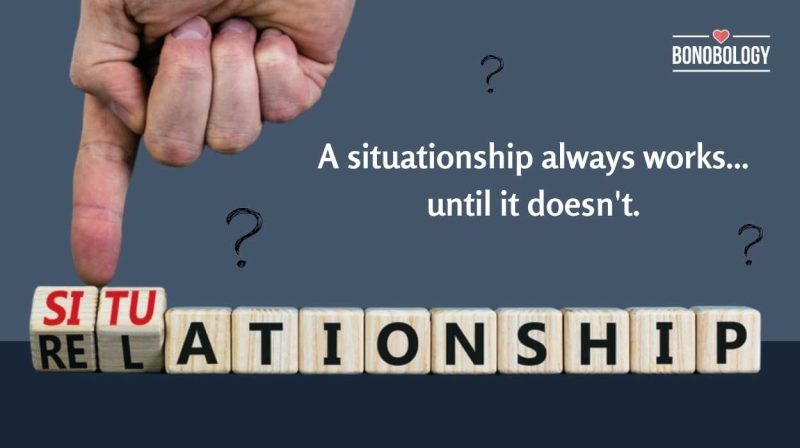
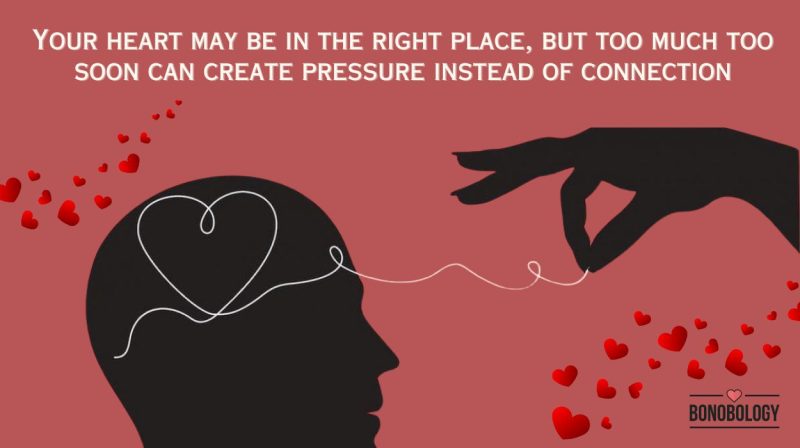
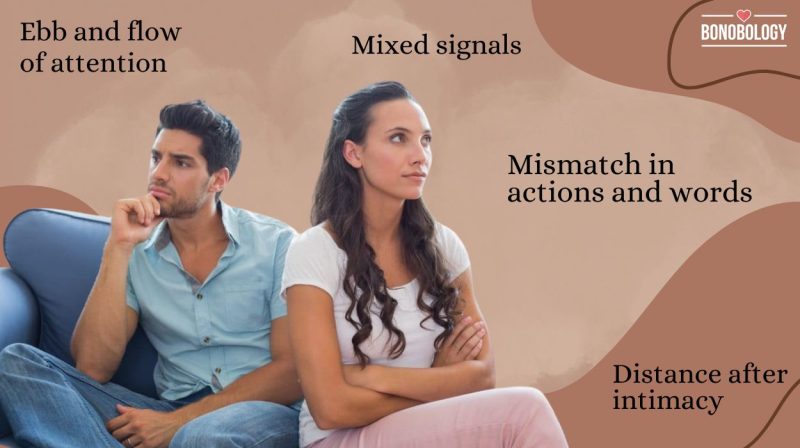






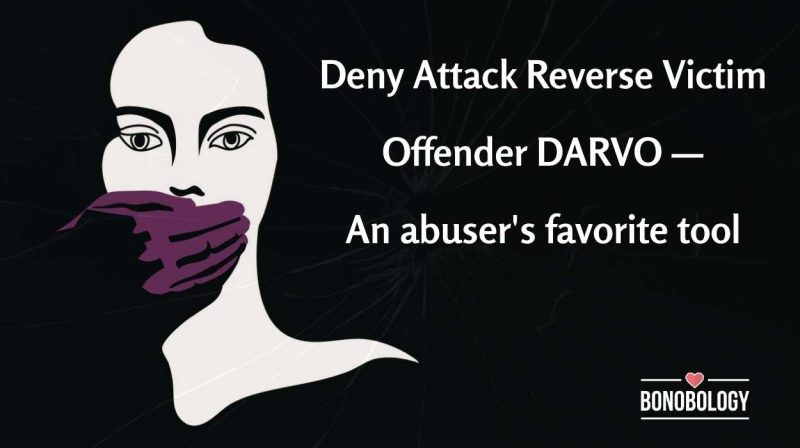
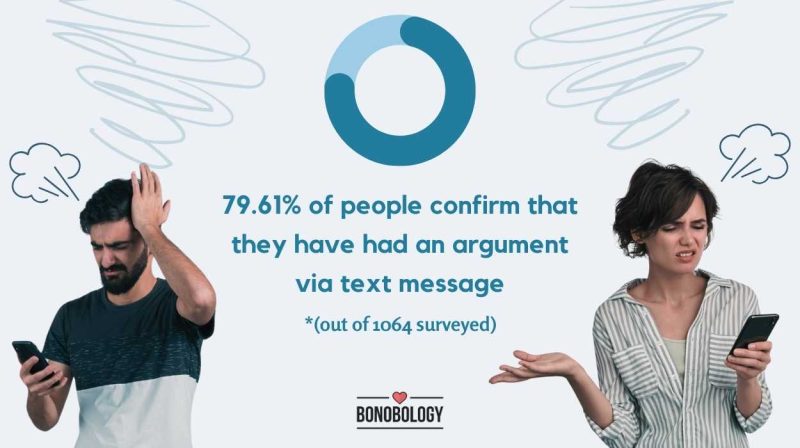
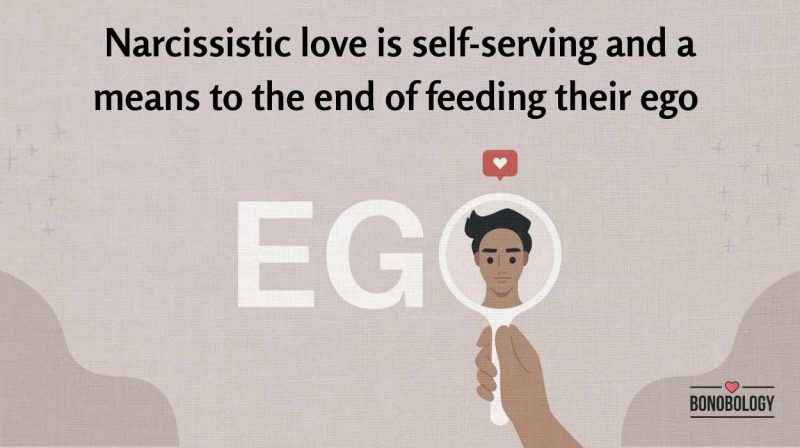

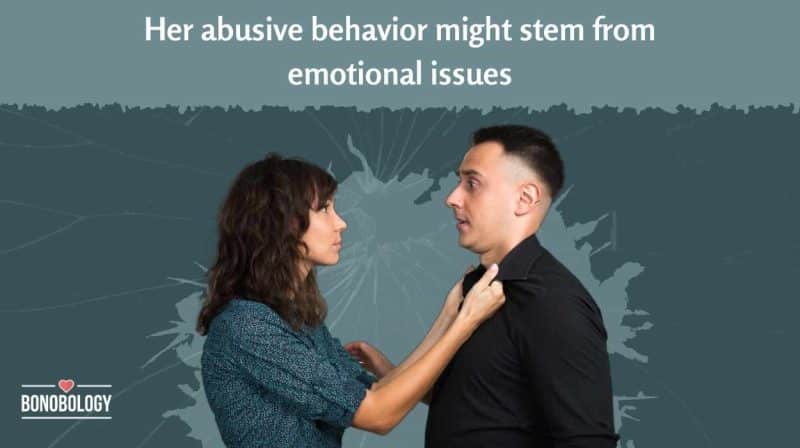
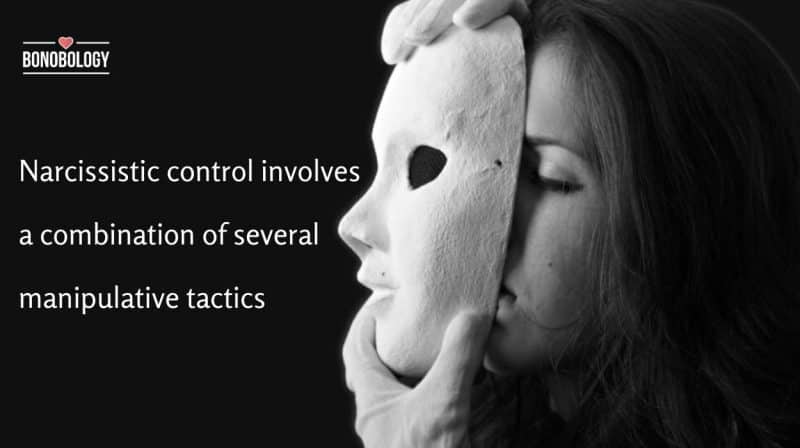
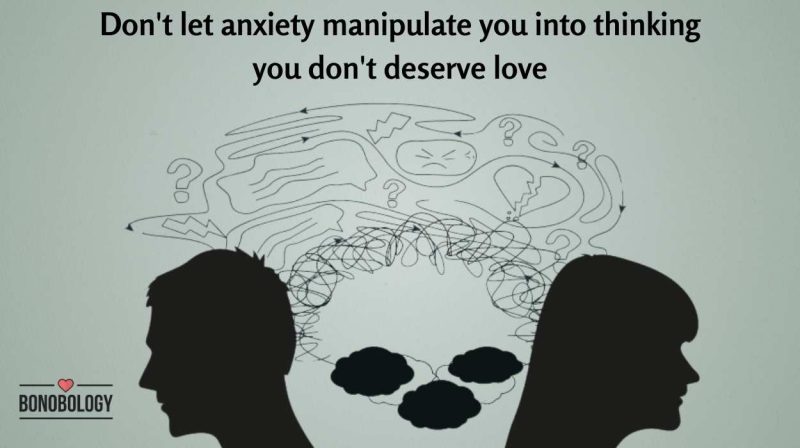
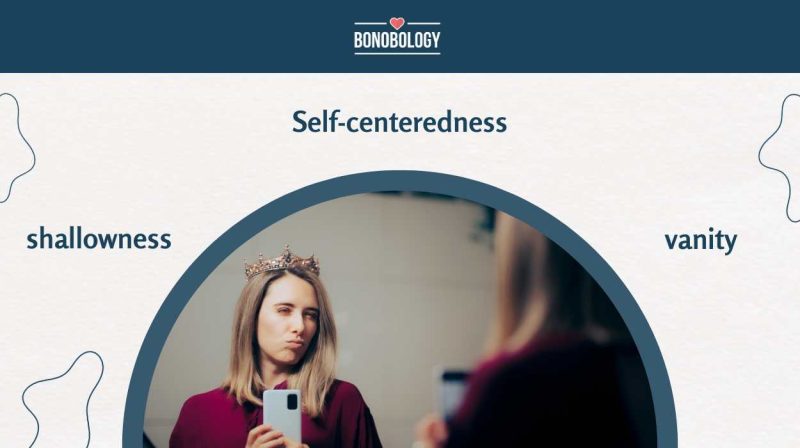

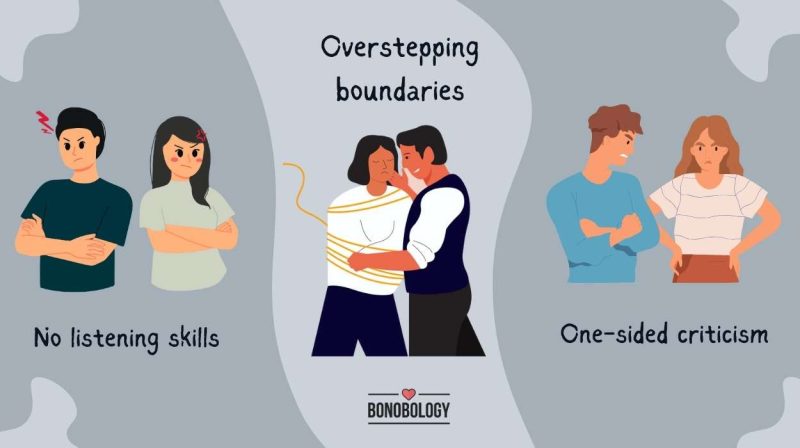
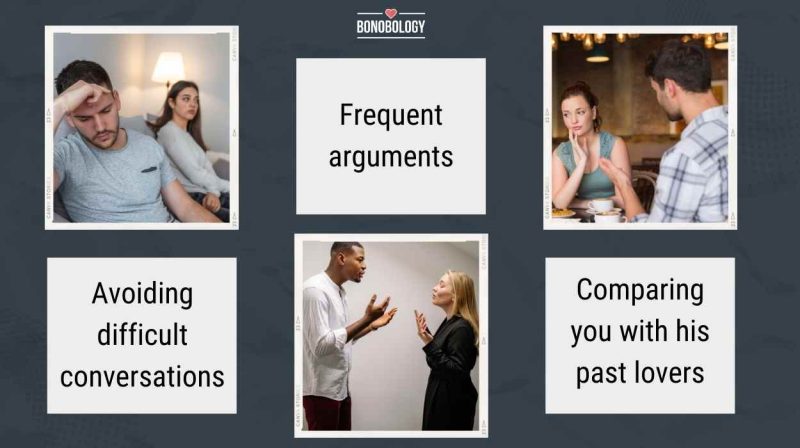

Featured
Unintentional Love Bombing: 9 Ways You May Be Overwhelming Your Partner
13 Signs Of A Hot And Cold Relationship & How To Break The Pattern
21 Subtle Signs You’re Not Really In Love With Your Partner
I Hate My Girlfriend: Why You Feel This Way And What To Do
When Health Challenges Affect Your Relationship Dynamics
5 Harsh But True Signs He’ll Never Marry You
21 Signs That You Are Alone In A Relationship
Why Do I Get Attached So Easily? 9 Possible Reasons and Ways to Stop
How To Respond To DARVO: Expert Lists 7 Strategies
What Is Fexting, And Why Is It Bad For Your Relationship?
Are Narcissists Capable Of Love?
11 Prominent Male Narcissist Traits to Watch For
Why Does My Girlfriend Hit Me? Expert Shares 11 Possible Reasons And Ways To Cope
How Does A Narcissist React When They Can’t Control You?
“My Anxiety Is Ruining My Relationship”: 6 Ways It Does And 5 Ways To Manage It
13 Distinctive Traits Of Female Narcissists Revealed
Recognizing The 13 Red Flags Of A Controlling Relationship
What Are The Examples Of Narcissistic Behavior In A Relationship?
11 Signs He Is Forcing Himself To Love You
21 Signs The Relationship Is Over For Him and How To Deal With It